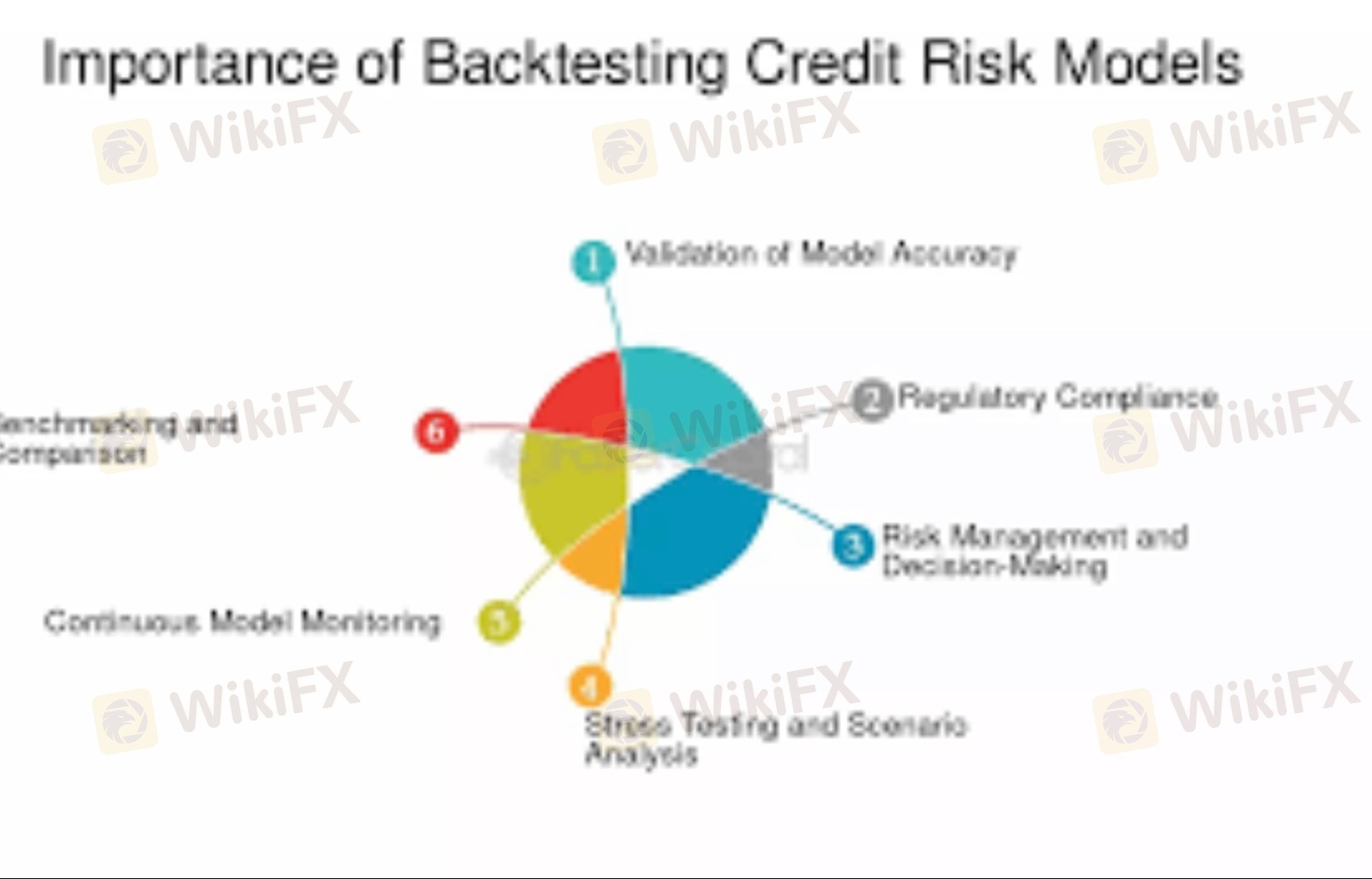
2025-02-17 21:38
업계에서How to backtest your strategy for risk assessment
#forexrisktrip
Backtesting a strategy for risk assessment involves testing a trading or investment strategy using historical data to evaluate its performance and potential risks. Here’s a step-by-step guide:
1. Define Your Strategy: Clearly outline the rules of your strategy, including entry and exit signals, position sizing, and risk management rules.
2. Collect Historical Data: Gather relevant historical price data, including open, high, low, close, and volume. Ensure the data is accurate and covers different market conditions.
3. Choose a Backtesting Tool: Select a platform or software for backtesting, such as Python (with libraries like Backtrader or PyAlgoTrade), MetaTrader, or trading platforms like TradingView.
4. Implement the Strategy: Code your strategy into the backtesting platform. Make sure the implementation exactly follows the rules you defined.
5. Run the Backtest: Simulate the strategy using historical data, recording each trade, position size, and profit/loss.
6. Analyze Performance Metrics: Evaluate key performance indicators (KPIs) such as:
• Return on Investment (ROI)
• Sharpe Ratio (risk-adjusted return)
• Maximum Drawdown (largest peak-to-trough decline)
• Win Rate (percentage of winning trades)
• Average Win/Loss Ratio
7. Risk Assessment: Focus on metrics related to risk:
• Volatility: Measure the standard deviation of returns.
• Drawdowns: Assess frequency and severity.
• Value at Risk (VaR): Estimate potential loss under adverse conditions.
8. Validate Results: Ensure the results are statistically significant and not due to overfitting. Consider running out-of-sample tests or walk-forward analysis.
9. Optimize and Refine: Adjust strategy parameters to improve performance while avoiding overfitting. Re-test after making changes.
10. Stress Testing: Test the strategy under extreme market scenarios to see how it performs in high volatility or low liquidity conditions.
Would you like guidance on using a specific platform or coding a backtest in Python?
좋아요 0
saad940
거래자
인기있는 콘텐츠
시장 분석
투자주체별매매 동향
시장 분석
유로존 경제 쇠퇴 위기 직면
시장 분석
국제 유가는 어디로
시장 분석
미국증시 레버리지(Leverage)·인버스(Inverse)형의 ETF, 최근 사상 최대 신
시장 분석
투기장 된 원유 ETL...첫 투자위험 발령
시장 분석
RBNZ 양적완화 확대
포럼 카테고리

플랫폼

전시회

대리상

신병 모집

EA

업계에서

시장

인덱스
How to backtest your strategy for risk assessment
 인도 | 2025-02-17 21:38
인도 | 2025-02-17 21:38
#forexrisktrip
Backtesting a strategy for risk assessment involves testing a trading or investment strategy using historical data to evaluate its performance and potential risks. Here’s a step-by-step guide:
1. Define Your Strategy: Clearly outline the rules of your strategy, including entry and exit signals, position sizing, and risk management rules.
2. Collect Historical Data: Gather relevant historical price data, including open, high, low, close, and volume. Ensure the data is accurate and covers different market conditions.
3. Choose a Backtesting Tool: Select a platform or software for backtesting, such as Python (with libraries like Backtrader or PyAlgoTrade), MetaTrader, or trading platforms like TradingView.
4. Implement the Strategy: Code your strategy into the backtesting platform. Make sure the implementation exactly follows the rules you defined.
5. Run the Backtest: Simulate the strategy using historical data, recording each trade, position size, and profit/loss.
6. Analyze Performance Metrics: Evaluate key performance indicators (KPIs) such as:
• Return on Investment (ROI)
• Sharpe Ratio (risk-adjusted return)
• Maximum Drawdown (largest peak-to-trough decline)
• Win Rate (percentage of winning trades)
• Average Win/Loss Ratio
7. Risk Assessment: Focus on metrics related to risk:
• Volatility: Measure the standard deviation of returns.
• Drawdowns: Assess frequency and severity.
• Value at Risk (VaR): Estimate potential loss under adverse conditions.
8. Validate Results: Ensure the results are statistically significant and not due to overfitting. Consider running out-of-sample tests or walk-forward analysis.
9. Optimize and Refine: Adjust strategy parameters to improve performance while avoiding overfitting. Re-test after making changes.
10. Stress Testing: Test the strategy under extreme market scenarios to see how it performs in high volatility or low liquidity conditions.
Would you like guidance on using a specific platform or coding a backtest in Python?
좋아요 0
나 도 댓 글 달 래.
제출
0코멘트

댓글이 아직 없습니다. 첫 번째를 만드십시오.

제출
댓글이 아직 없습니다. 첫 번째를 만드십시오.